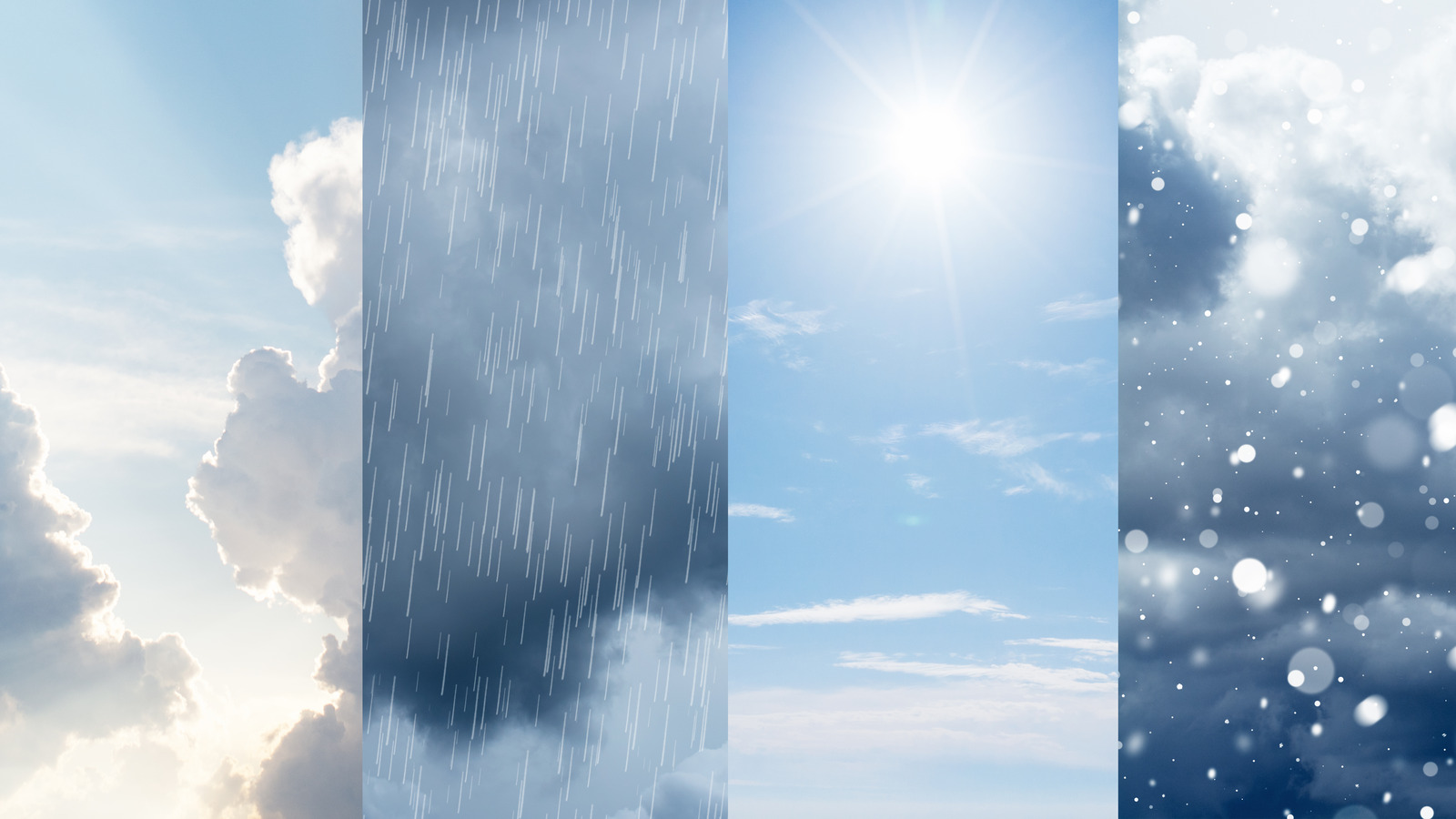Earth goes through long periods when temperatures and weather change, and these are usually referred to as glacial (cold) and interglacial (warm) periods that last for tens of thousands of years at a time. During these periods, the planet experiences shifts in the temperature of ocean water that affect weather patterns, causing natural phenomena like lake effect snow and hurricanes. Another result of sea surface temperature shifts is El Niño-Southern Oscillation, and the United States is experiencing this in winter 2025 with La Niña, bringing with it some weather changes.
Typically, the months of La Niña feature a wave-like flow of the jet stream across Canada and the United States. As a result, states along the northern half of the country experience colder temperatures and stormier or wetter conditions, while the southern states get warmer and drier.
With the 2025 La Niña, for instance, Northern California has seen more rain than usual, while Southern California has been drier, which has fueled the January wildfires. Additionally, the Midwest and parts of the Northeast are getting more precipitation, which is expected to bring more rain and snow in early spring. The exception is that, as of mid-January, parts of the Central U.S. and South haven’t had the warmer and drier conditions that are typical of a winter La Niña. However, that’s expected to change through March. Based on predicted weather patterns, though, La Niña could last across the country through April.
Understanding La Niña and its 2025 development
Along with cooler sea surface temperatures near the equator in the tropical Pacific Ocean, La Niñas cause the shifting of wind and pressure belts. During this phenomenon, trade winds — a type of prevailing wind — strengthen as cool air sinks and dries out. This cold cycle occurs every two to seven years — but an average of three to five years — and generally lasts nine to 12 months, although they can persist for years sometimes. However, the conditions that create a La Niña were weak and slow to develop for the 2024 to 2025 winter season.
Meteorologists at the Climate Prediction Center, which is part of the National Oceanic and Atmospheric Administration, initially predicted a La Niña shift in February 2024 and thought that it would start the following summer. However, even though El Niño waned in the summer, La Niña conditions didn’t emerge until December 2024 and didn’t officially meet standards until early January 2025. The delay was possibly because of higher-than-normal ocean temperatures and air temperatures around the globe. Since it took longer for the cycle to start, this La Niña will be much shorter than usual. University of Miami research professor Emily Becker explained to CNN Weather, “It is really getting started right at the time when it would normally be peaking (in strength) and beginning to dwindle.”

